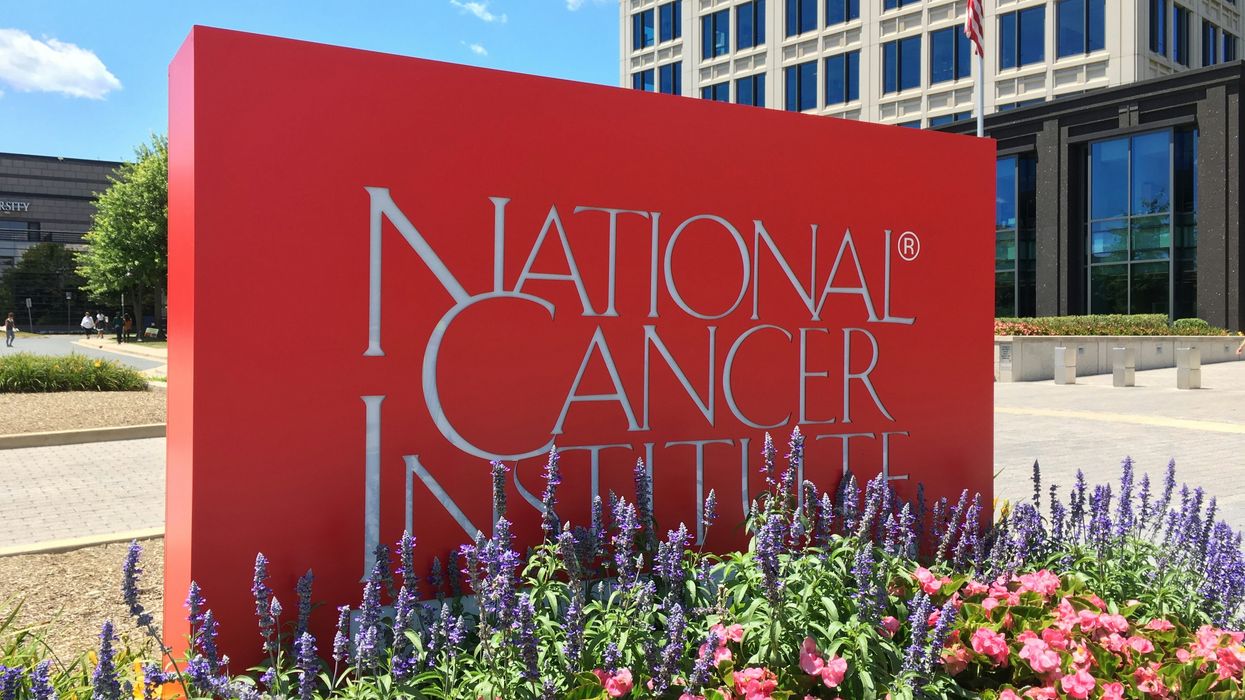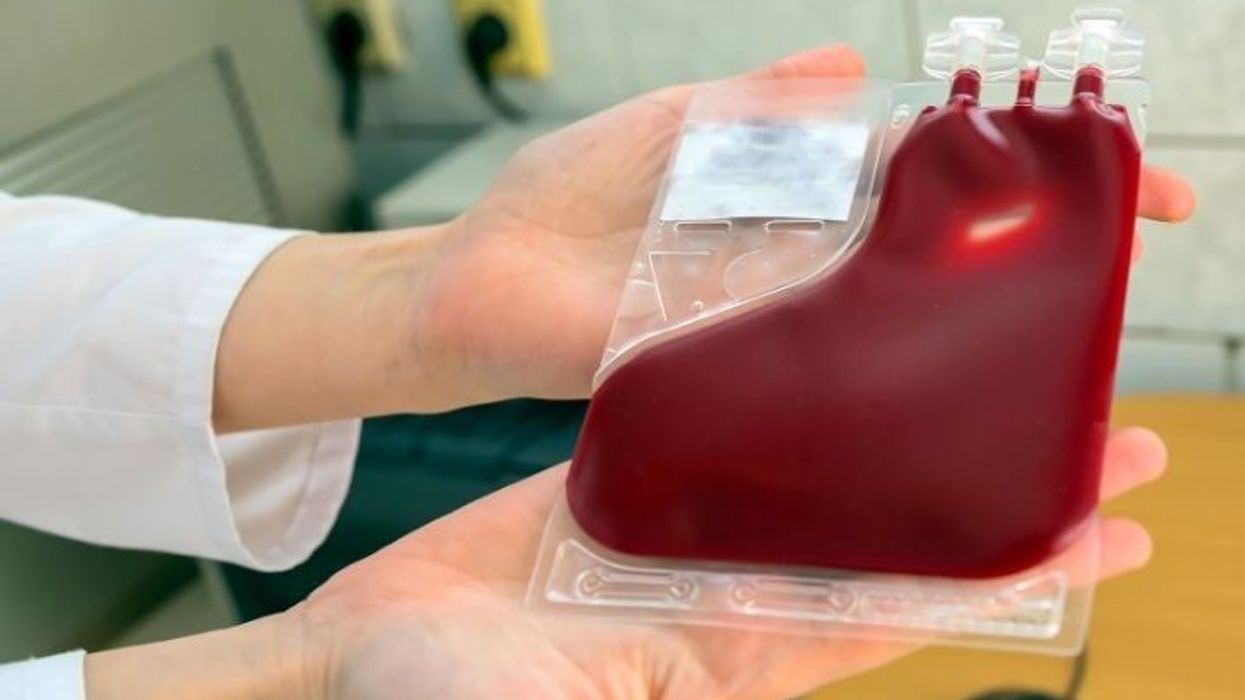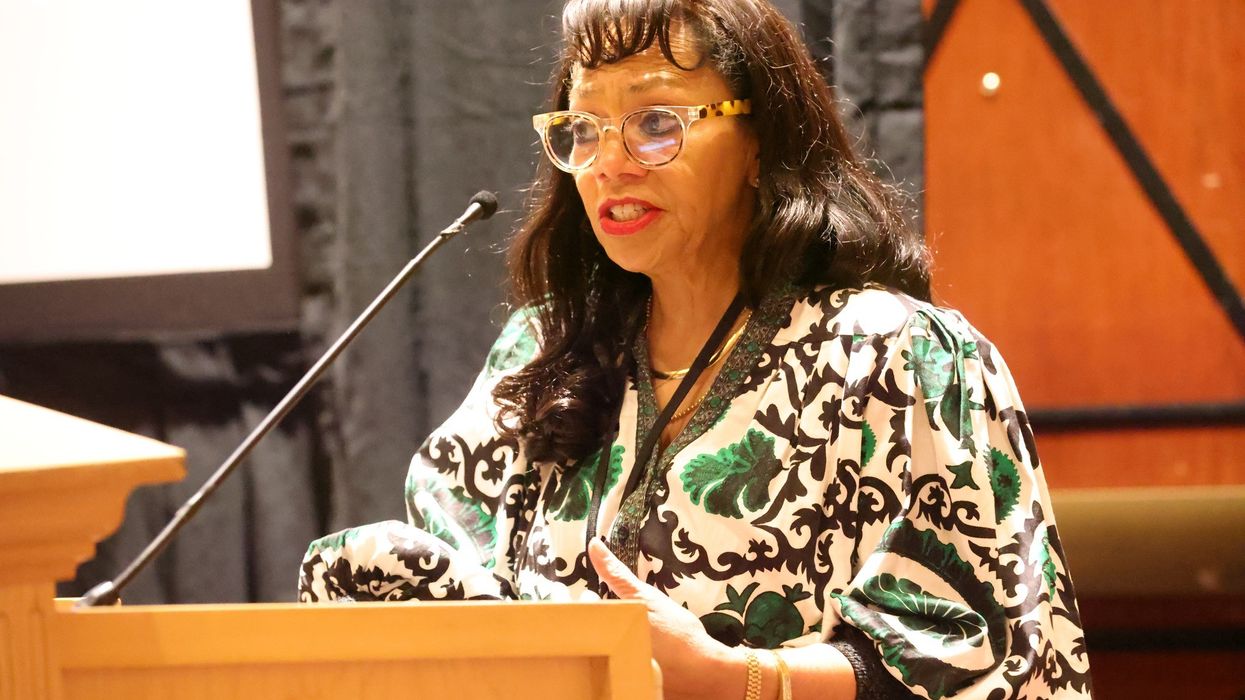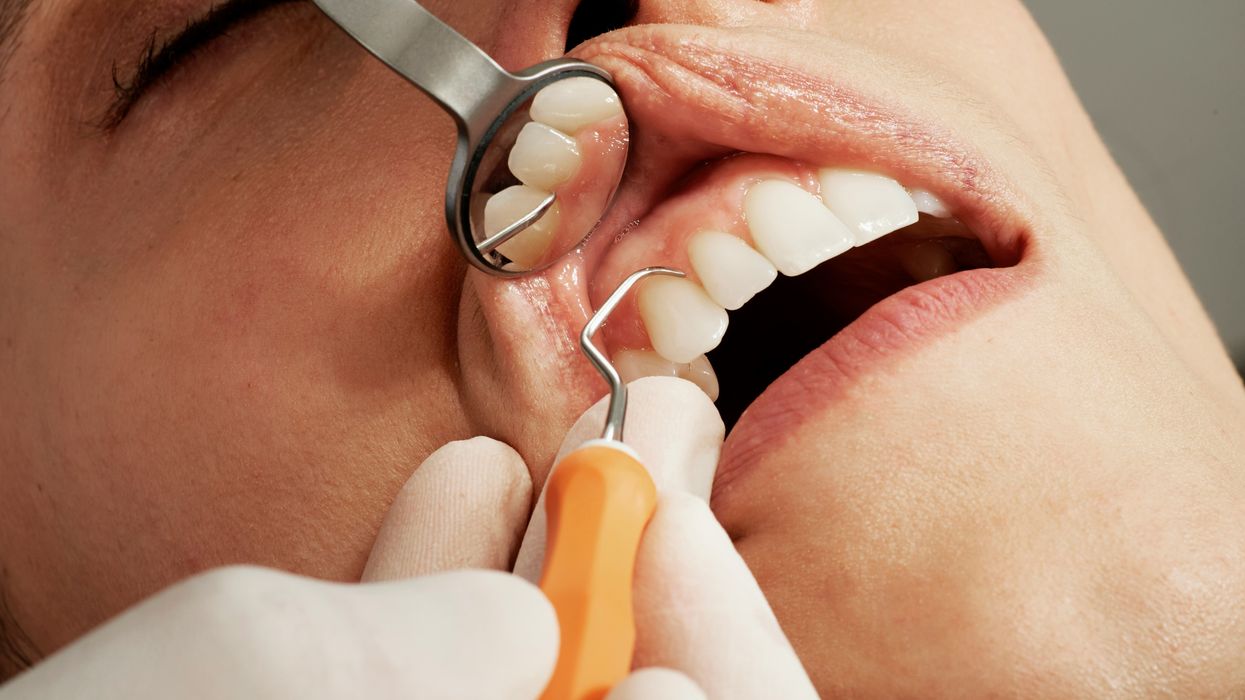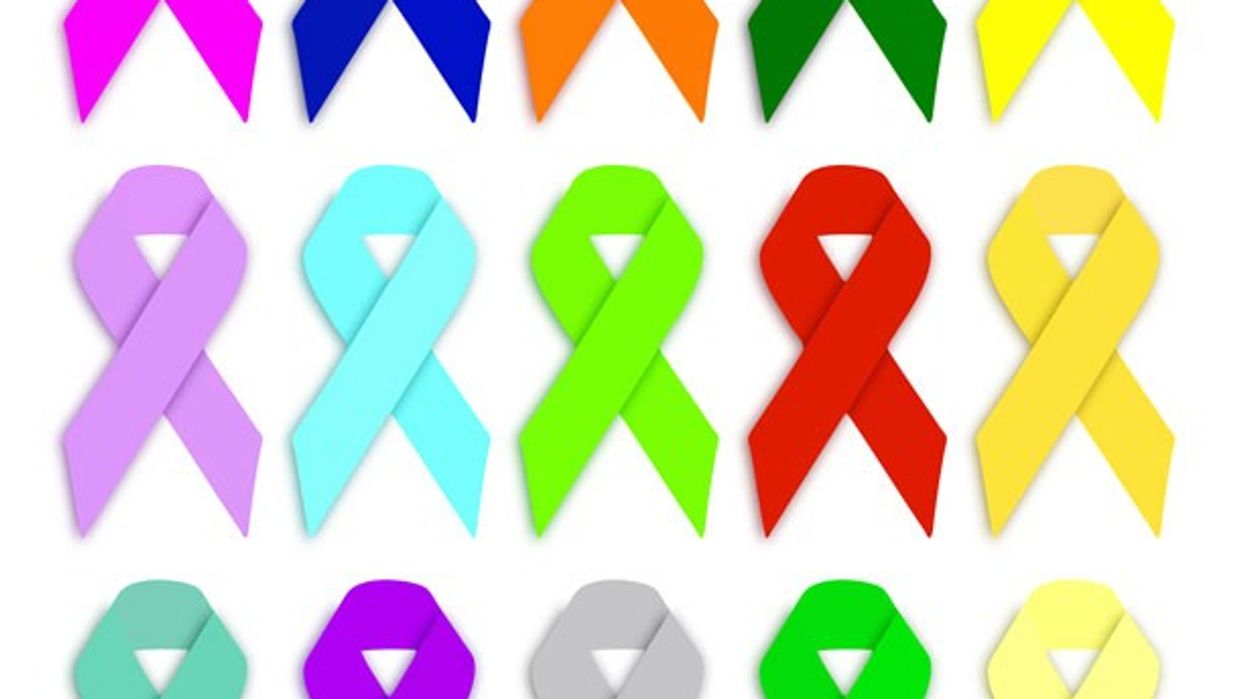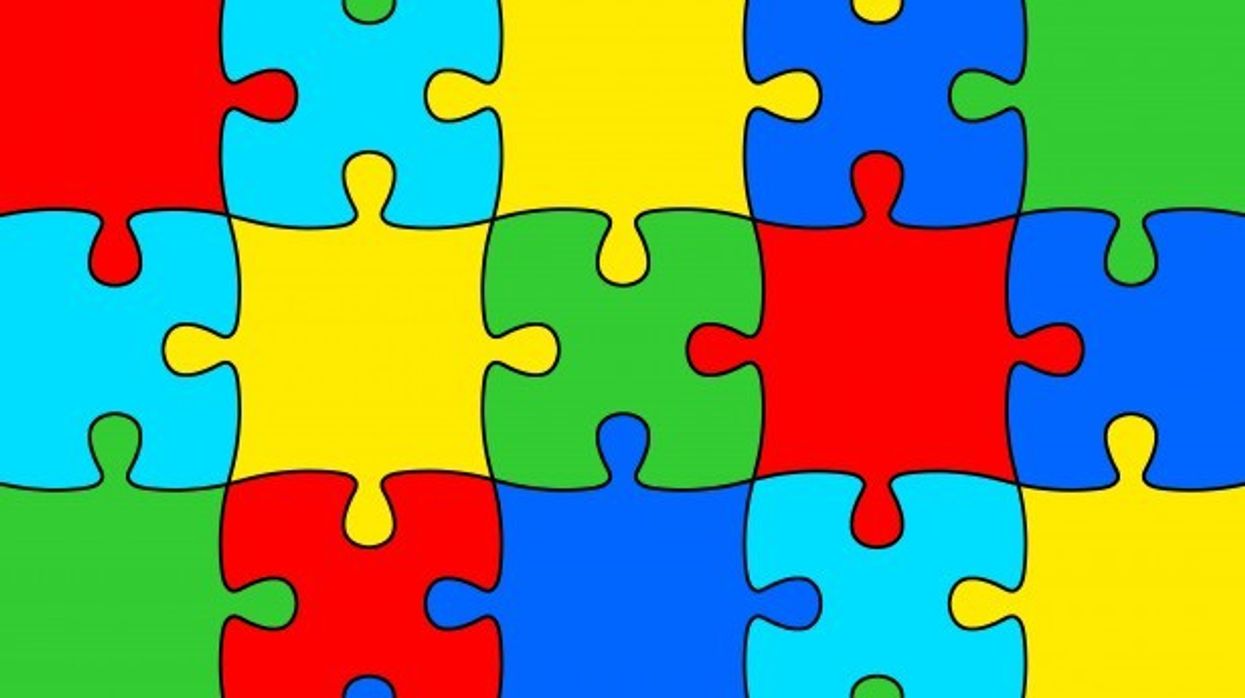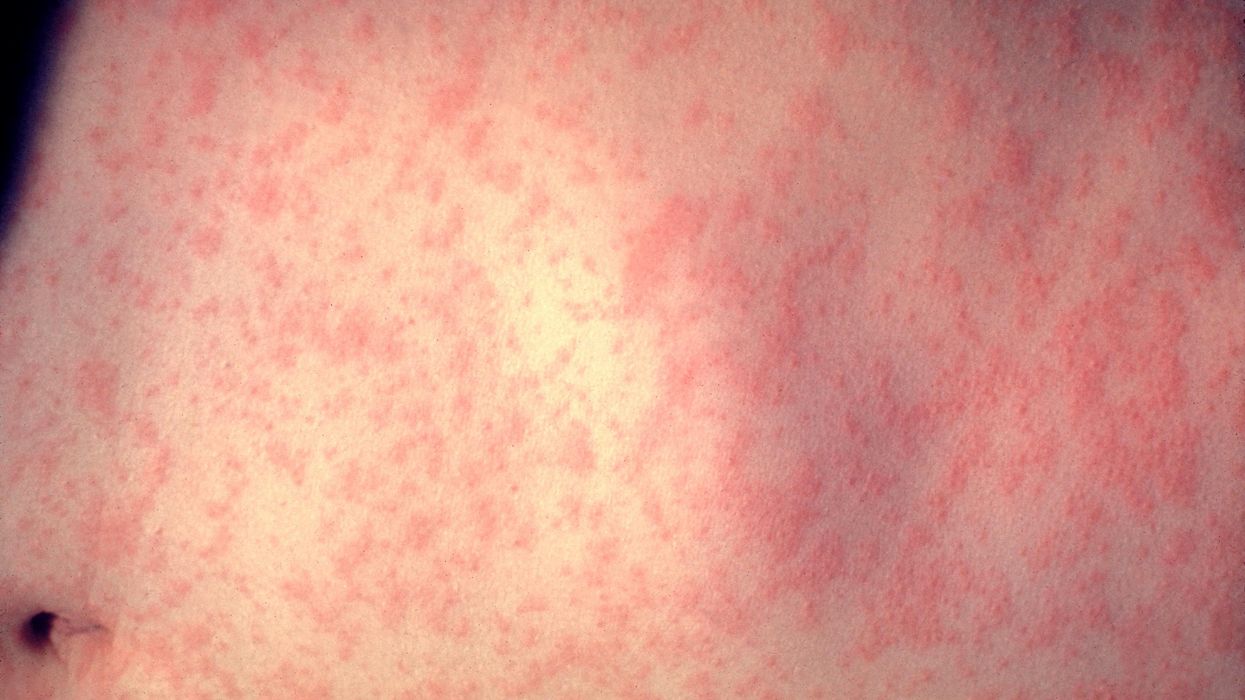Every June, CPR and AED Awareness Month is observed to highlight the importance of Cardiopulmonary Resuscitation (CPR) and Automated External Defibrillators (AEDs) in saving lives. Sudden cardiac arrest (SCA) is a leading cause of death worldwide, and immediate intervention with CPR and AEDs can significantly increase survival rates. This month-long observance aims to educate the public, promote training, and encourage widespread accessibility of these life-saving techniques and devices.
The Importance of CPR and AEDs
Sudden cardiac arrest occurs when the heart unexpectedly stops beating, disrupting blood flow to the brain and other vital organs. It can happen to anyone, anywhere, at any time, regardless of age or health status. According to the American Heart Association (AHA), over 350,000 out-of-hospital cardiac arrests occur annually in the United States alone, with a survival rate of less than 10% without intervention .
CPR, when performed immediately, can double or even triple the chances of survival by maintaining blood flow to the heart and brain. AEDs, portable devices that deliver an electric shock to the heart, can restore a normal heart rhythm in cases of SCA. Together, CPR and AEDs form a critical chain of survival that can dramatically improve outcomes for cardiac arrest victims.
Raising Awareness and Promoting Training
One of the primary goals of CPR and AED Awareness Month is to educate the public about the importance of learning and performing CPR and using AEDs. Widespread training is essential because bystander intervention is often the key to survival. Statistics show that nearly 70% of Americans feel helpless during a cardiac emergency because they do not know how to administer CPR or operate an AED .
- Public Education Campaigns: Throughout June, organizations such as the AHA and the Red Cross host various public education campaigns. These initiatives include free or low-cost CPR and AED training sessions, instructional videos, and informational materials distributed through community centers, schools, and workplaces .
- Hands-Only CPR: The AHA emphasizes Hands-Only CPR for bystanders, which involves chest compressions without rescue breaths. This method is simpler and can be as effective as traditional CPR in the first few minutes of an out-of-hospital cardiac arrest. Hands-Only CPR training can be completed in less than an hour and is accessible to people of all ages .
- AED Accessibility and Training: Increasing the availability of AEDs in public places such as schools, sports arenas, shopping centers, and workplaces is crucial. Equally important is ensuring that individuals in these locations are trained to use AEDs effectively. Many modern AEDs provide voice instructions and visual prompts, making them user-friendly even for those with minimal training .
Success Stories and Impact
The impact of CPR and AED training can be seen in numerous success stories where lives were saved thanks to quick bystander intervention. For example, a study published in the New England Journal of Medicine highlighted that survival rates from out-of-hospital cardiac arrests significantly improved in communities where CPR and AED training programs were widely implemented .
In another inspiring case, a high school student in Texas saved a classmate’s life by performing CPR and using an AED after the student collapsed during gym class. This incident underscores the importance of training young people and ensuring AEDs are readily available in schools .
Policy and Advocacy
Advocacy efforts during CPR and AED Awareness Month also focus on policy changes to support CPR and AED education and accessibility. Key policy initiatives include:
- Legislation for Mandatory Training: Advocating for laws that require CPR and AED training in schools ensures that future generations are equipped with these vital skills. As of now, 38 states in the U.S. have laws mandating CPR training for high school graduation .
- Funding for AEDs: Securing funding for the placement of AEDs in public spaces and for training programs is crucial. Grants and donations can help schools, community centers, and small businesses acquire AEDs and provide training to staff and the public .
- Good Samaritan Laws: Promoting awareness of Good Samaritan laws, which protect bystanders who provide emergency assistance from legal liability, can encourage more people to step in and help during cardiac emergencies .
CPR and AED Awareness Month in June is a vital initiative that empowers communities to save lives. By promoting education, training, and accessibility, we can significantly improve survival rates for sudden cardiac arrest victims. Whether through learning Hands-Only CPR, advocating for policy changes, or ensuring AEDs are available in public spaces, everyone can play a part in building a safer, more responsive community.






